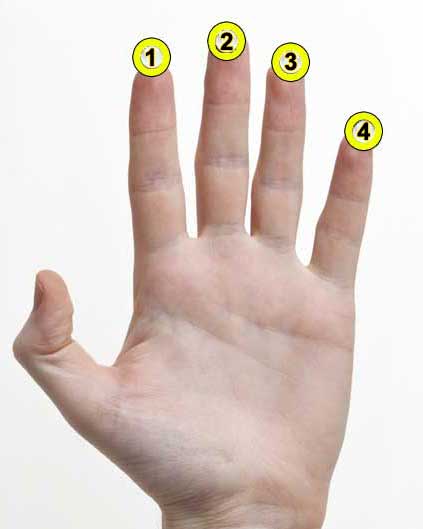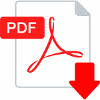E13(#9) Guitar Chord | How To Create and Play the E Dominant Thirteen Sharp Ninth chord

Welcome to our tutorial on the E 13(#9) chord, an intriguing member of the Dominant Chords family. This chord is composed of the following notes: E, G#, B, D, F##, A, and C#. The intervals that build this chord are 1, 3, 5, b7, #9, 11, and 13. If you're not familiar with these terms, check out our tutorial on how to denote chords depending on the intervals that compose it.
The E 13(#9) chord is a complex structure, and if you're an intermediate guitar player looking to expand your chord vocabulary, this tutorial is for you. The music intervals that form this chord are: Root, Major Third, Perfect Fifth, Minor Seventh, Augmented Ninth, Perfect Eleventh, and Major Thirteenth. To understand how these intervals work, you may want to visit our fretboard intervals tutorial.
Learning to play the E 13(#9) chord requires a good understanding of guitar music theory and how chords are built by stacking intervals. This chord is a staple in jazz chord progressions, and its unique sound can add a sophisticated touch to your playing.
Throughout this tutorial, we will provide chord diagrams and fretboard patterns showing the tones composing the E 13(#9) chord. If you need further help identifying this or any other chord, our interactive tool can analyze chord shapes shown on the fretboard.
Before we dive in, make sure you're comfortable with dominant (7) guitar chords, as the E 13(#9) is a more complex version of these. Ready to get started? Let's dive into the world of the E 13(#9) chord!
E 13(#9) chord Notes:
Tones of the Dominant Thirteen Sharp Ninth chord:
E13(#9) Guitar Chord Voicings
No guitar diagrams created yet for this chord. Request one here
 Download
the Free Guitar Chords Chart Pdf
Download
the Free Guitar Chords Chart Pdf